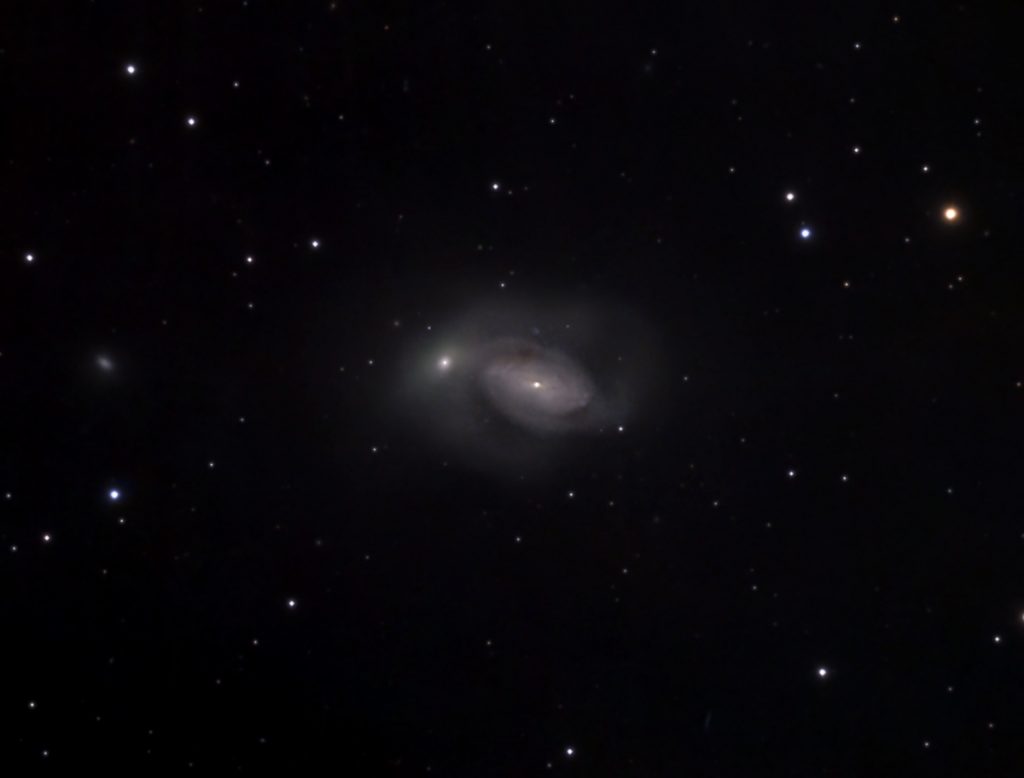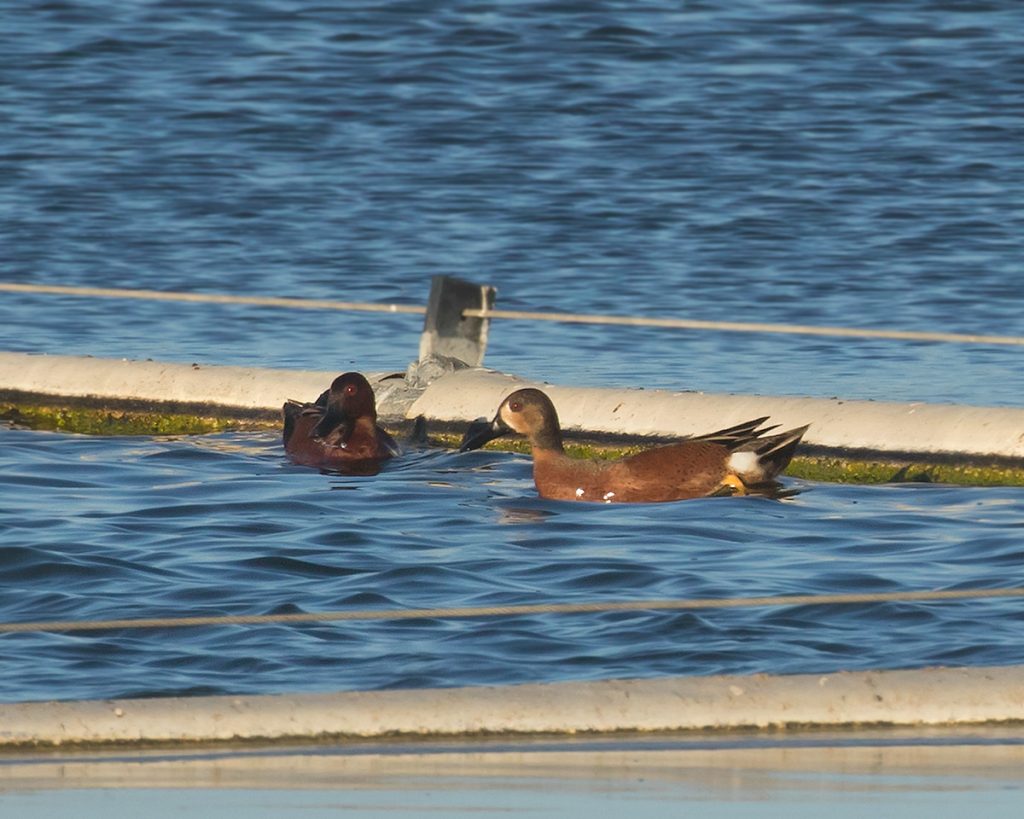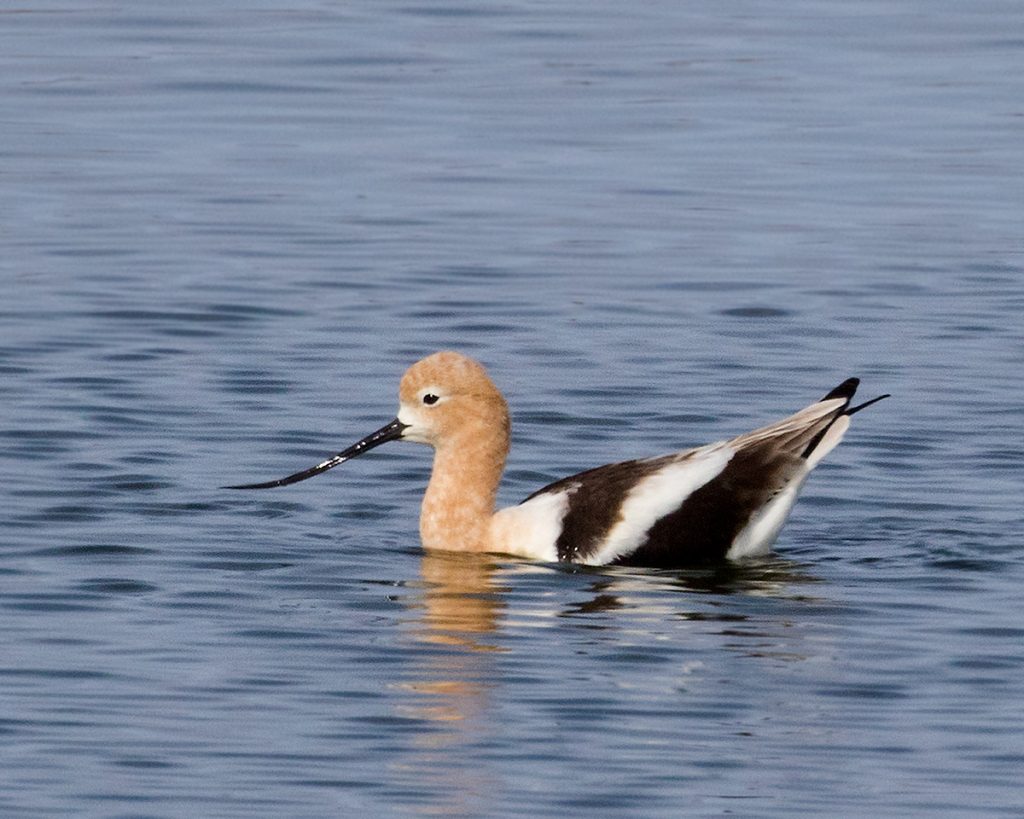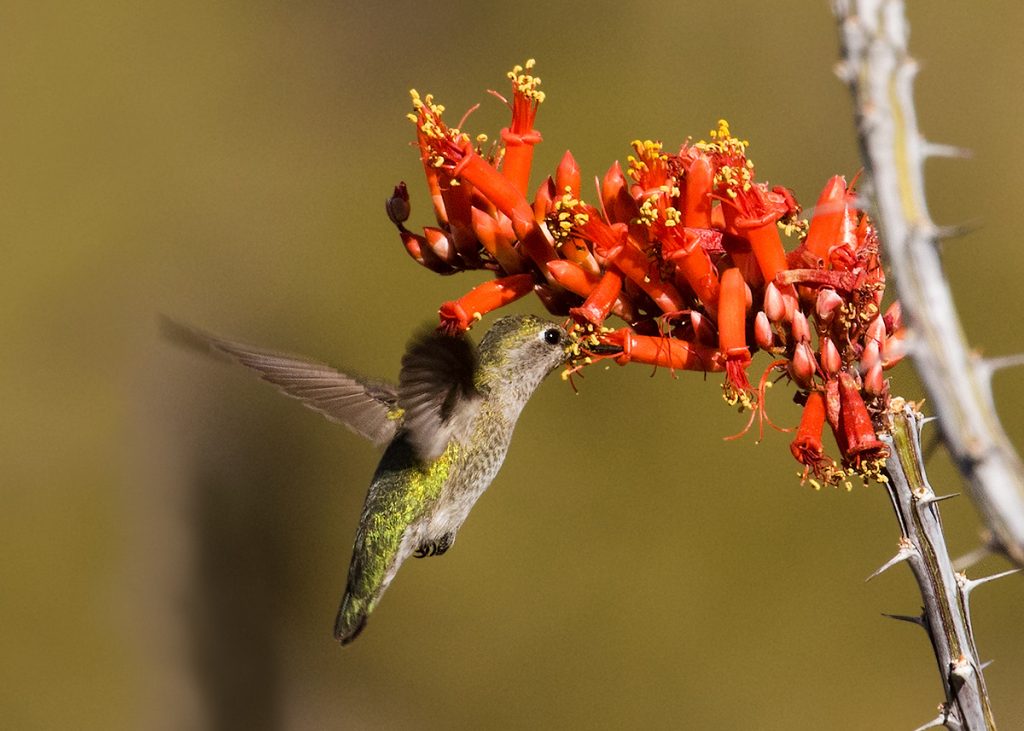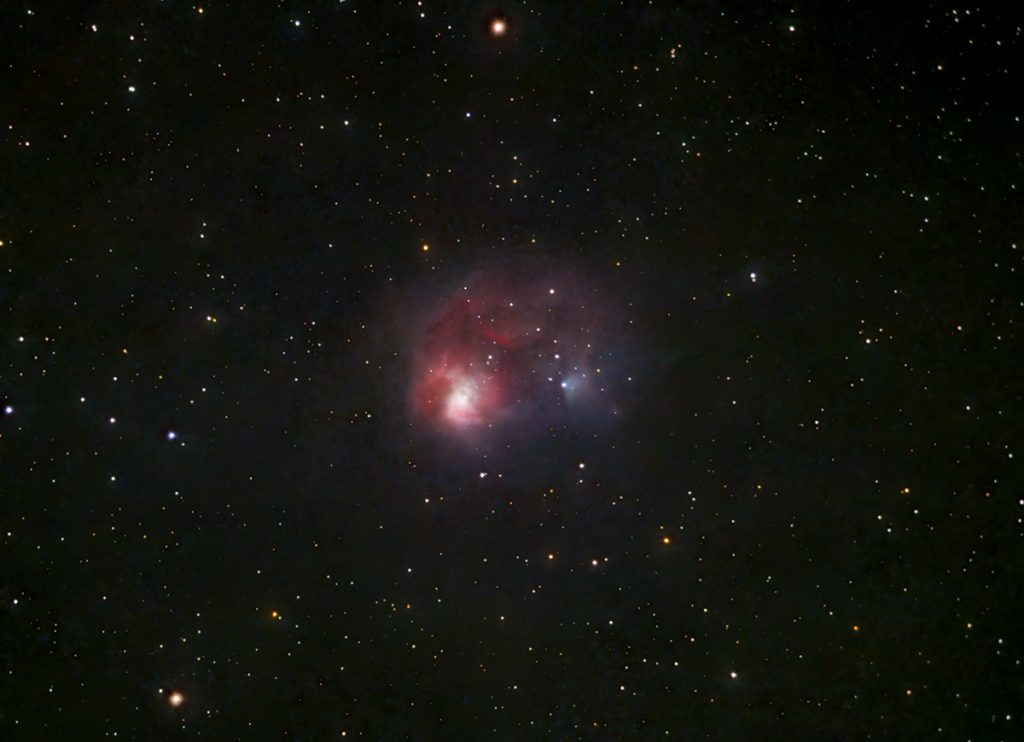This evening, I finally got to photograph an American Woodcock. Over the years, I’ve seen them a few times, heard them a few times, but I have never got a decent photograph. Ricky Olson reported hearing one at the archery range up by Oahe Dam a few nights ago. The wind has been blowing too hard to try it until tonight. I got up there about sunset and Kenny, Charlie, and Tina Miller showed up too. I was glad for that because Kenny has sharp hearing and I don’t! I could hear the bird peenting but I had no idea which way to go. Kenny led us to it. Once I could see it, I waited for it to take off again for its display flight and then moved in closer and waited for it to land. I did this 4-5 times and finally got close enough for some pretty good shots. The bird was easily approached and it didn’t seem to be bothered by my flashlight or the camera flash.









